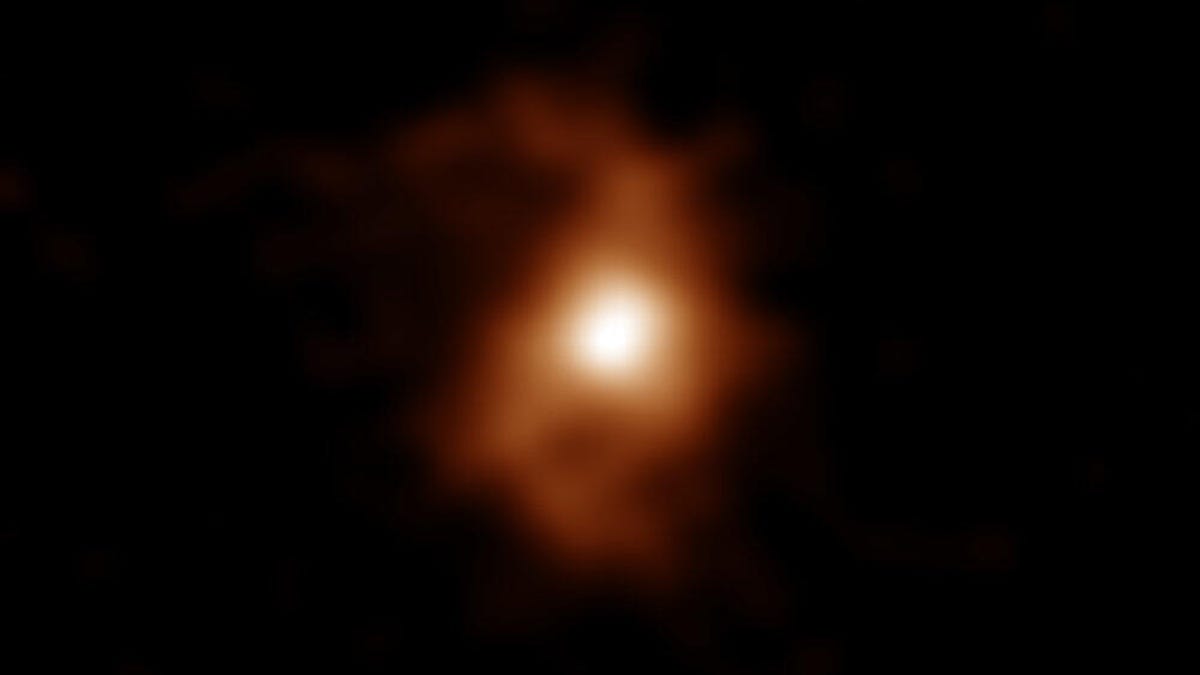Scientists discover most ancient spiral galaxy ever observed
The galaxy dates back to 12.4 billion years ago and it bears a family resemblance to our own Milky Way.
Spiral galaxies are important to us here on Earth. Our own solar system sits in a spiral arm of the Milky Way galaxy. It's home. Now the history book of spiral galaxies has a new prologue thanks to the Atacama Large Millimeter/submillimeter Array, aka ALMA telescope in Chile.
ALMA took a look at BRI 1335-0417, a galaxy that dated back to 12.4 billion years ago. At just 1.4 billion years after the Big Bang, this makes it "the most ancient galaxy of its kind ever observed."
"I was excited because I had never seen such clear evidence of a rotating disk, spiral structure, and centralized mass structure in a distant galaxy in any previous literature," said Takafumi Tsukui, lead author of a paper on the galaxy published in the journal Science last week, in an ALMA statement.
Spiral galaxies are incredibly common in the universe today, but researchers have found proportionally fewer of them as they've looked back deeper into time. That leads to a huge question: When did spiral galaxies begin to appear? BRI 1335-0417 helps to answer that, though it leads to more questions about how it formed its distinctive spiral shape so very long ago.
Our own Milky Way didn't start off with the pinwheel shape it has now. Scientists used Hubble Space Telescope data for a 2013 study that suggested the Milky Way began as a "faint, blue, low-mass object containing lots of gas." The history of the spiral arms is still under study.
It's challenging to investigate our home galaxy when we're sitting in the middle of it, so looking at other galaxies can tell us about our own history.
The researchers suggest galaxy BRI 1335-0417 may have gotten a head start on its spiral arms due to a cosmic collision with another, smaller galaxy.
"Tracing the roots of spiral structure will provide us with clues as to the environment in which the solar system was born," said study co-author Satoru Iguchi. "I hope that this research will further advance our understanding of the formation history of galaxies."
Follow CNET's 2021 Space Calendar to stay up to date with all the latest space news this year. You can even add it to your own Google Calendar.


